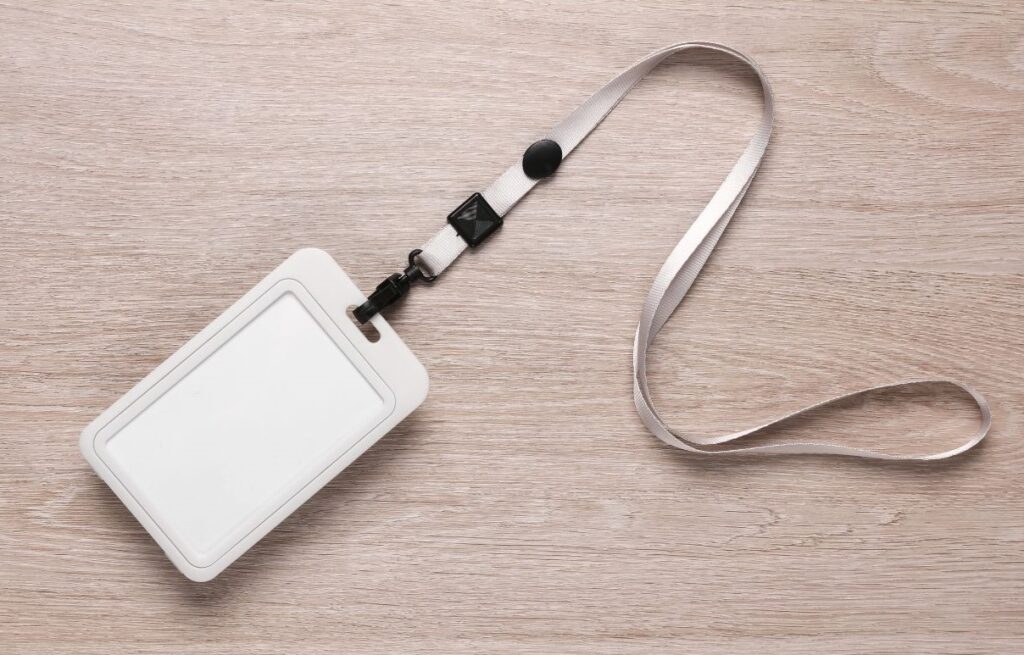What to do after getting Spain Digital Nomad Visa? – Reliable real Experience
First of all, congratulations!!! It’s a big deal to have gotten Spain Digital Nomad Visa. Be grateful for it, celebrate it and prepare for the great changes ahead!

Thing is, the paperwork just starts now! When I thought the hardest part was done, the amount of paperwork I had to do to finish all the pending matters even exceeded my expectations. Well, I guess is normal, we don’t change countries everyday 😅 Here is a list of all the administrative procedures I had to do, in the order I’d recommend you to step them through.
Table of Contents
1. Getting the TIE
Request an appointment for the TIE (which is Spain’s ID for foreigners). This is essential, and it’s even written in the approval letter of Spain Digital Nomad Visa. Although your approval comes with your ID number, most places do not accept it as a form to prove your legal status.
This is one of the most lengthly processes, specially if you’ll settle in one of the popular cities. These cities even made a fast-track alternative managed by “La Dirección General de Migraciones” instead of the police because of the amount of requests, and still apointments are hard to get.
Assist to the appointment with all the requirements (indicated in the official page where you requested it).
After that, they recommend waiting 30 days to request a pickup appointment. You can check online if the batch of your request is already processed, or check which batch they’re currently handling. If yours is ready, don’t wait until the 30th to request the appointment.
Finally, picking the card!
- Difficulty: 10.
- Estimated time: 45 days up to 90 days.
2. Getting “el padrón“
It’s not only a step related to settle and start building a new place to call home, but also a requirement to get one of the most important certificates to get. In some municipalities, is even required in order to get the TIE, so depending on your municipality this may be your step 1 to do, “El certificado de empadronamiento” or “padrón” is required for anyone living in Spain. It’s basically to register in the municipality you live, or where you’ll live for the majority of the year.
The most common way of getting it is by presenting the long term renting contract in the city hall (may need appointment), but there are other requirements if you live in the house of a family member, or you own a property, etc. In any case, it is usually easy to get, the certificate is received in the same day of the appointment.
- Difficulty: 4.
- Estimated time: 1 day up to 30 days (considering waiting times for the appointment).
3. Getting the digital certificate
It will allow you to identify yourself when carrying out online procedures, related or not to Spain Digital Nomad Visa. Obtaining it will make many future procedures easier. It is issued by the FNMT-RCM.
There are many ways to get it, in person, online or hybrid. You can get it with the passport and the Spain Digital Nomad Visa approval, one of the few procedures that doesn’t need the TIE.
- Difficulty: 4.
- Estimated time: 1 day up to 30 days (considering waiting times for the appointment).

4. Opening a bank account
In Spain is very normal to have recurring payments “domiciliados” or configured to be automatically debited from the bank account.
This is a very important requirement if you have to register as a freelance in the Social Security, as this is one of those recurring payments you’ll have to do.
Requirements vary but always take your ID, Spain Digital Nomad Visa approval letter and some cash (al least 30 euros).
Pro tip: in many bank branches will be difficult to get it without the TIE, but there are banks that can open accounts with passport. Just keep going to different branches till you find someone that is willing to help you.
- Difficulty: 5-7.
- Estimated time: 1 week.
5. If you’re a freelancer: registering into Spain Social Security
Most of the applicants of Spain Digital Nomad Visa are freelancers and this step is crucial in order to keep the visa, specially if as part of your application you submitted a letter commiting to register in Spain Social Security.
If you’re an employee, usually your company will manage this for you.
It is very important because if you commited to register, you have to do it ASAP and it’s hard because this step requires sometimes other lengthly previous processes. There has been cases where the visa is revoked if this is not done by the time they revise your situation (months after approval).
Optionally, have it taken by an accountant, a tax specialist or a gestor. This is also hard because you’ll soon find out that they don’t all say the same things. I went with three specialist and each asked for different requirements. Some asked for the bank account, others didn’t. Some asked for the TIE, some didn’t… And the craziest part is that they may all be right. Go with the one who has proven experience and seems more reliable to you.
- Difficulty: 5.
- Estimated time: 1 week.
6. If you’re a freelancer: registering into Spain tax authority
Very related to the previous step. Optionally, have it taken by an accountant, a tax specialist or a gestor. Inform yourself very well of your fiscal obligations. Check if your nationality’s country have a double-tax agreement with Spain. That way you’d only pay taxes in one of teh countries and not both.
If you’re an employee, usually your company will manage this for you.
- Difficulty: 6.
- Estimated time: 1 week.

7. Requesting the health card (tarjeta sanitaria)
This is the ID that certifies the right to receive public health services.
Common requirements to get it are: the TIE, the padrón and of course, being registered in the Social Security as this is the requirement that determines your right to access social beneifts.
A lot of people also complement it with a private health insurance to reduce waiting times and have more options on where to be attended.
- Difficulty: 6.
- Estimated time: 1 month.
8. If you intend to use public transport: request the transport card
You can buy transport tockets individually but, having you municipality’s official transport card will give you access to more trips for less.
- Difficulty: 3.
- Estimated time: 5 to 15 days.
9. If you intent to drive: getting the driver license
The rules to follow here vary depending on the country where your current license was issued.
EU citizens can use their existing driver’s license in Spain for up to two years after moving here. After that, it will need to be exchanged for a Spanish license.
Also, Spain has agreements with over 30 countries which allow for an easy exchange of your current license to a Spanish one.
In case there aren’t any treats for your case, you will have to take a theoretical and a practical exam, along with other basic requirements.
…
OMG, that was a lot right? Be patient, and if you go step by step in an organized way you’ll be surprised to have it all set and be like when did it happen?
In case you want to know about my experience getting Spain Digital Nomad Visa, here is an article about it.
Comment below your opinions, questions or your experience to help others.